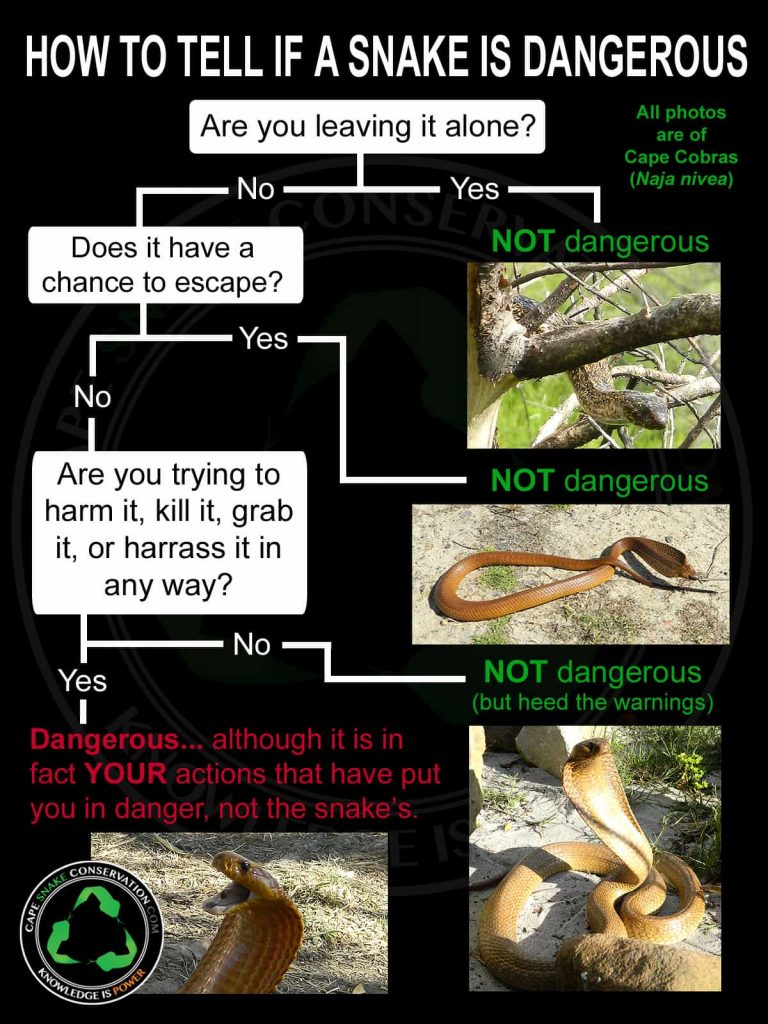If you come across a snake while outdoors, it is important to know what to do if you see a snake. While encountering a snake can be a frightening experience, it is important to remain calm and take the proper steps to handle the situation safely. This article will provide some tips for safely handling snakes and avoiding dangerous encounters.
Stay Calm
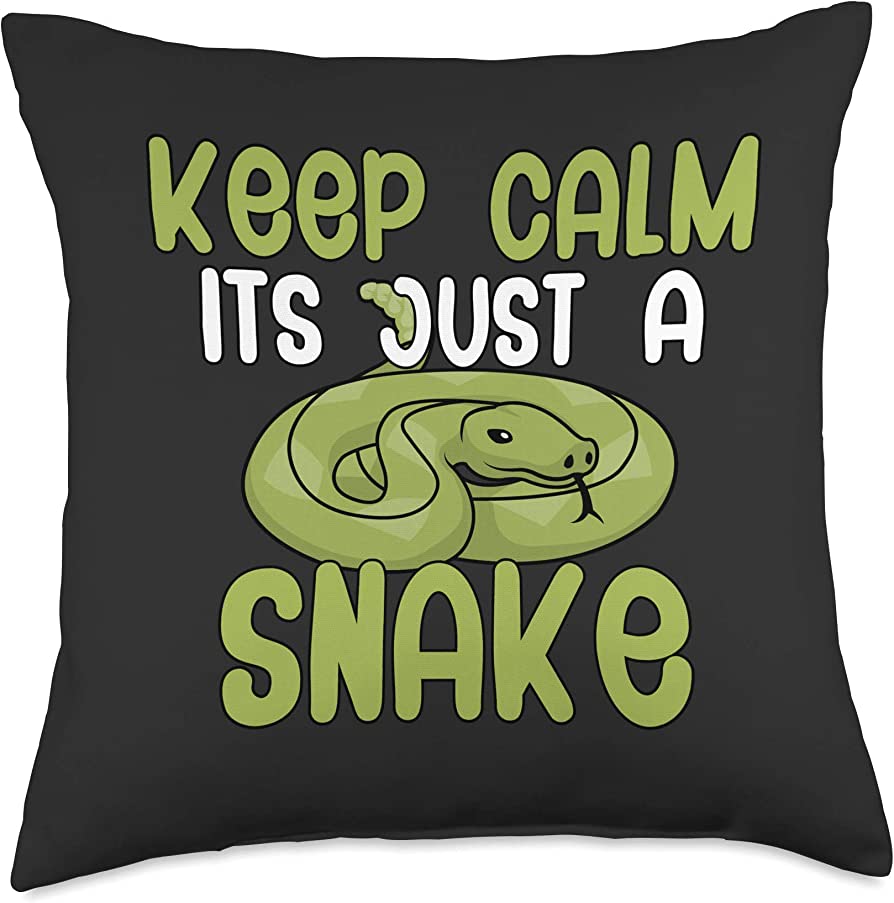
If you come across a snake, the first thing to do is remain calm. Do not panic; this will only startle the snake and make it more likely to act defensively.
Keep Your Distance
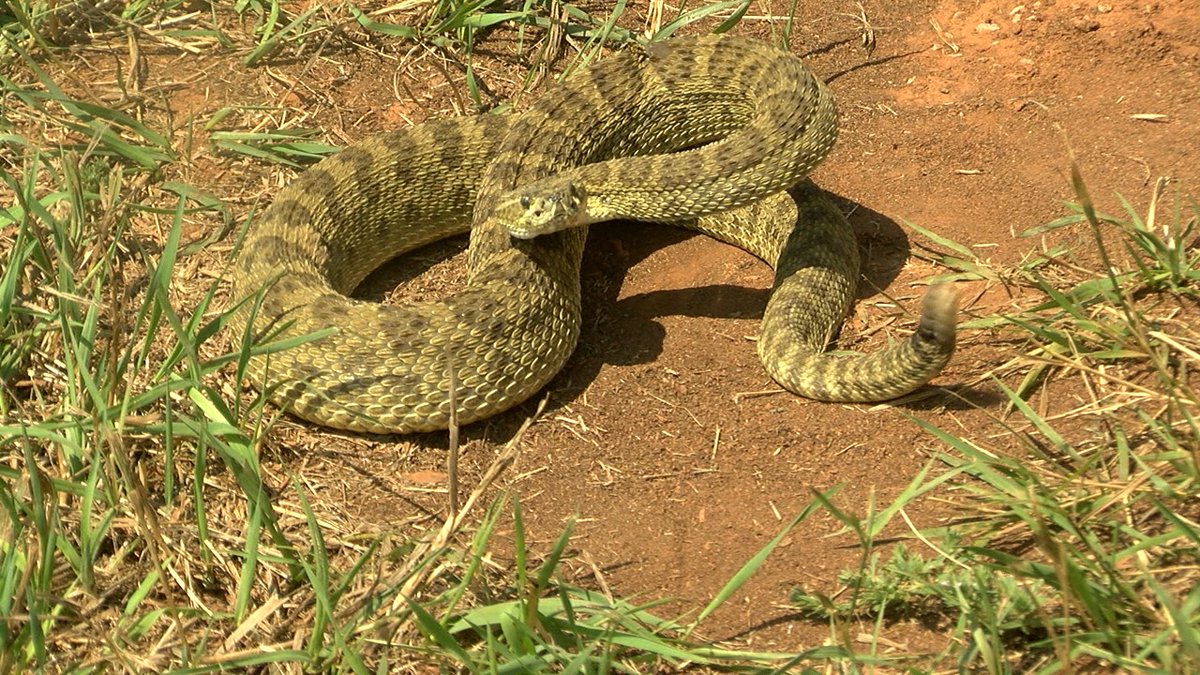
It is important to keep your distance from the snake. Snakes typically do not attack humans unless they feel threatened. Respect the snake’s space and give it time to move out of your path.
Do Not Touch or Attempt to Capture the Snake
When you encounter a snake, do not attempt to touch, capture, or move it. Even if you think you can identify the snake as harmless, it is best to avoid contact.
Move Away From the Snake
If you see a snake, slowly and calmly back away from it. Be sure to keep your eyes on the snake at all times while you move away. Do not attempt to run away from the snake, as this can startle or provoke it.
Do Not Try to Harm the Snake
It is important to remember that snakes are an important part of the ecosystem. If you do not want to encounter snakes, the best way to avoid them is to stay out of their habitat. If you do come across a snake, it is best to leave it alone and move away from it. Do not attempt to harm the snake.
Snake Safety Tips
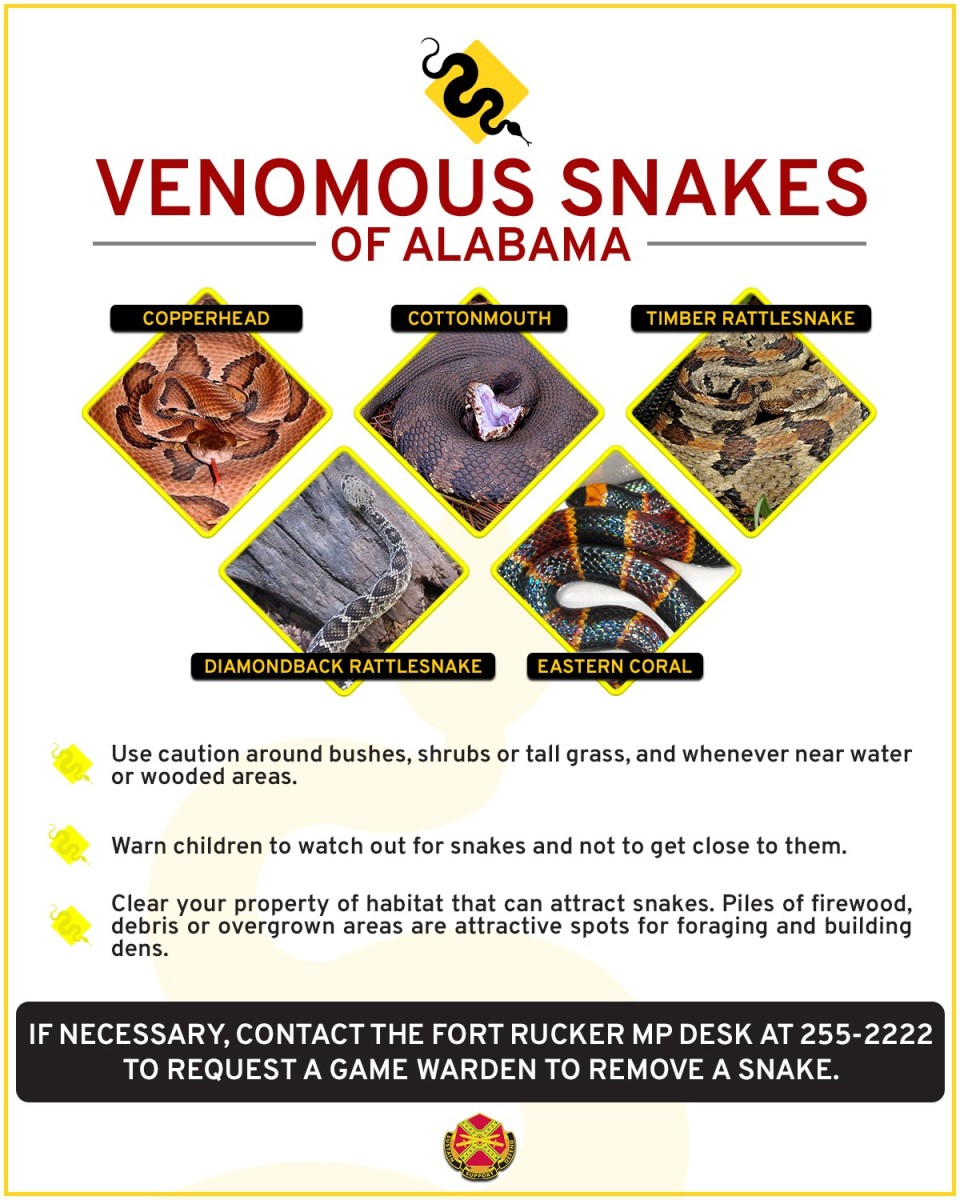
Wear Protective Gear
If you come across a snake in the wild, it’s best to wear protective gear such as long trousers and thick boots, as this can help to protect you from potential bites. It’s also a good idea to wear gloves and a long-sleeved shirt, as this will reduce your chances of being injured by the snake.
Avoid Potential Hiding Spots
Be aware of potential hiding spots for snakes, such as tall grass, logs, rocks, and crevices in trees. If you come across one of these areas, it’s best to keep your distance and not approach it. If you do need to get closer, take extra care to watch for any signs of a snake.
3 Stay on Trails
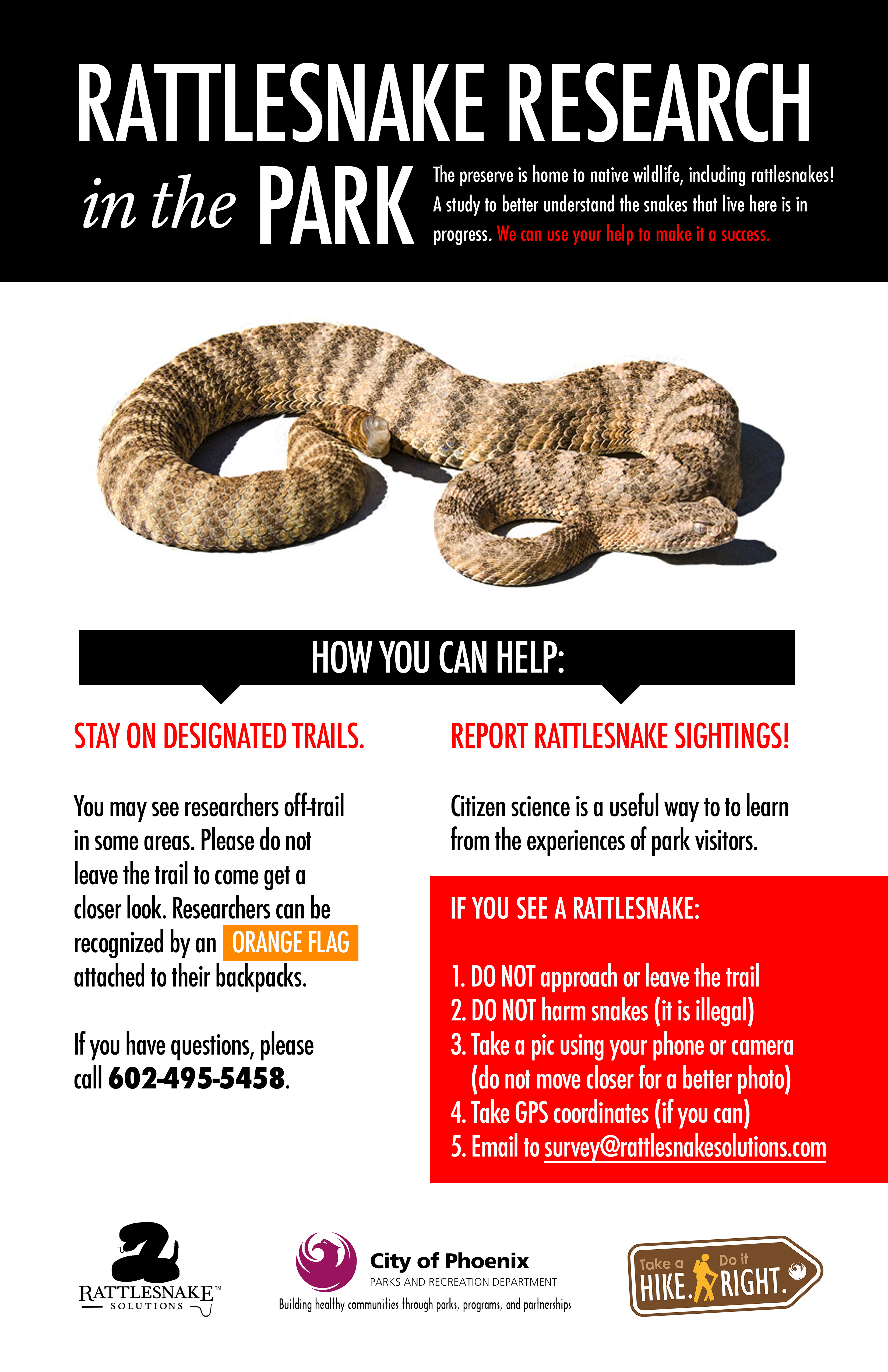
| Do | Don’t |
|---|---|
| Stay on marked trails, pathways and roads | Venture off the trail and into the bush |
| Keep an eye on the path in front of you | Walk while distracted by other activities |
| Wear shoes with good treads | Wear sandals or other open-toed shoes |
Staying on trails is one of the best ways to minimize the risk of an unexpected encounter with a snake. Marked trails and pathways indicate to the hiker where it is safe to walk, and most snakes will shy away from a path because of the frequent human activity. Make sure to pay attention to where you are walking and avoid any distractions. Wear shoes with good treads for improved traction in case of an unexpected situation.
4. Be Aware of Your Surroundings
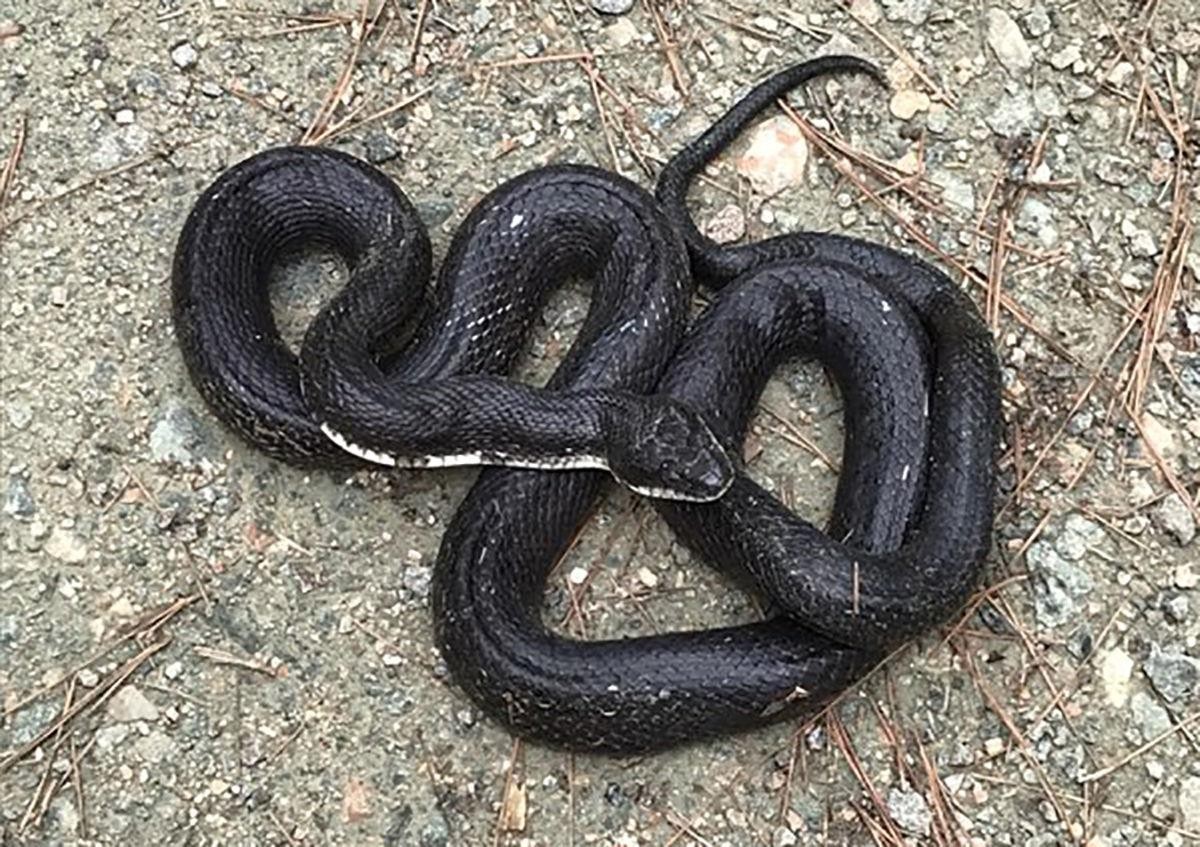
Snakes may live in a variety of habitats, including wooded areas, near streams, and even in your backyard. It’s important to take the time to observe your surroundings when you’re in a potential snake habitat. Pay attention to where you’re walking and look out for snakes before you step. Pay close attention to the ground and in low-lying vegetation, and be on the lookout for the snake’s distinctive patterns and colors. Avoid stepping over fallen logs, rocks, and other materials since snakes may be hiding underneath them.
What to Do if You Encounter a Snake While Hiking

Remain calm and still. Make sure not to corner the snake and give it a path to escape if it wishes to. Do not attempt to catch or kill the snake. Most snakes are harmless, but it is important to be aware of your surroundings. If the snake is blocking your path, you can use a long stick to gently prod it away. Try to maintain a safe distance and keep your eye on the snake as you move away from it. If the snake does not move, slowly back away without turning your back to it. Take a different route if possible.
1 Do Not Panic
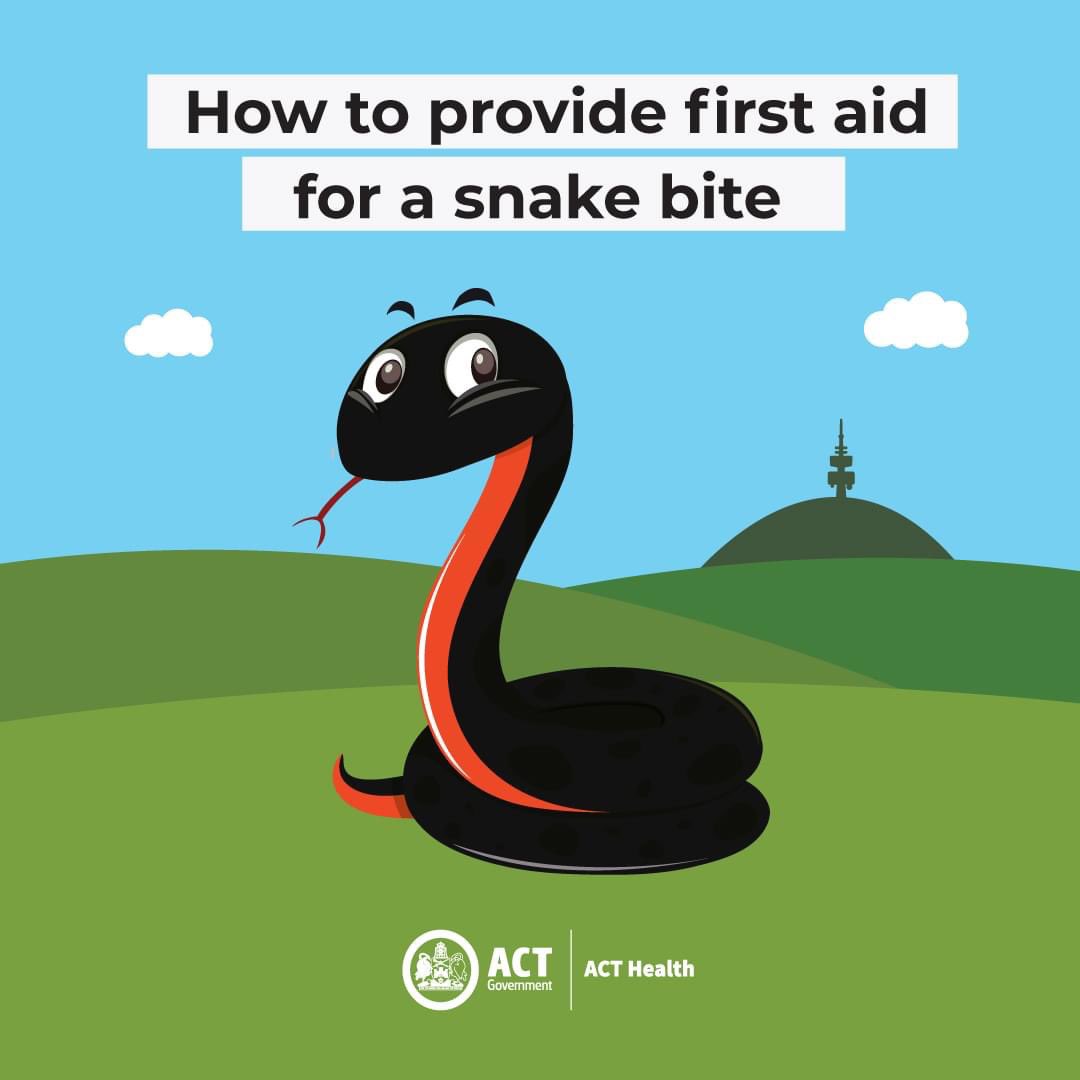
Remain calm and focused; do not scream, shout or make any sudden movements. If you are outdoors, slowly back away from the snake while keeping your eyes on it. If you are indoors, stay still and move away from the snake slowly and carefully. Snakes will usually not attack unless provoked, so it is important to stay calm and not make any sudden movements.
2 Keep Your Distance
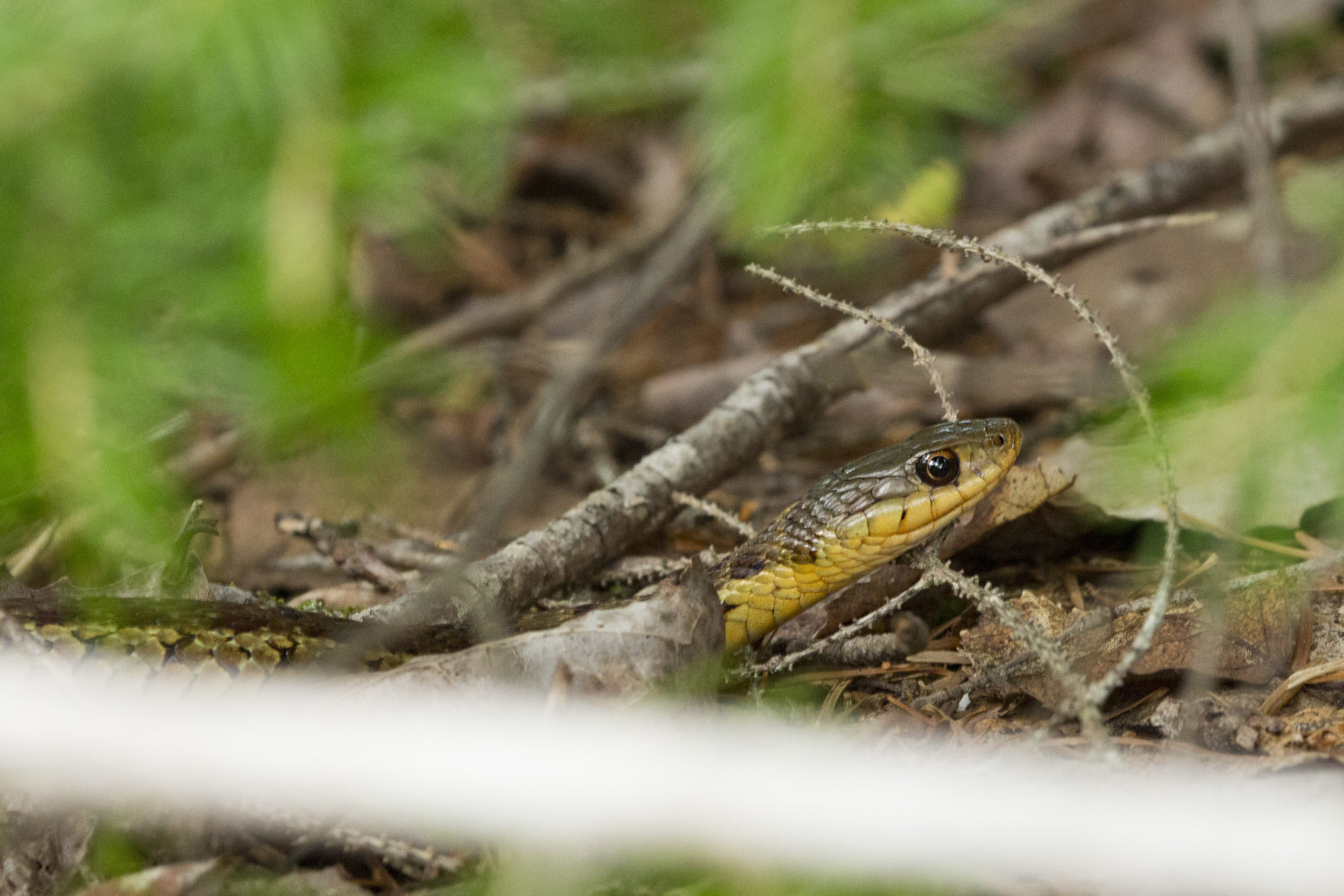
| What to do | Why to do it |
|---|---|
| Keep a safe distance from the snake | Snakes may strike if you come too close, causing injury |
Back away slowly, maintaining a safe distance between you and the snake. Do not try to catch, harass, or kill the snake. If possible, take a photo of the snake from a distance to help identify it later.
3 Make Noise
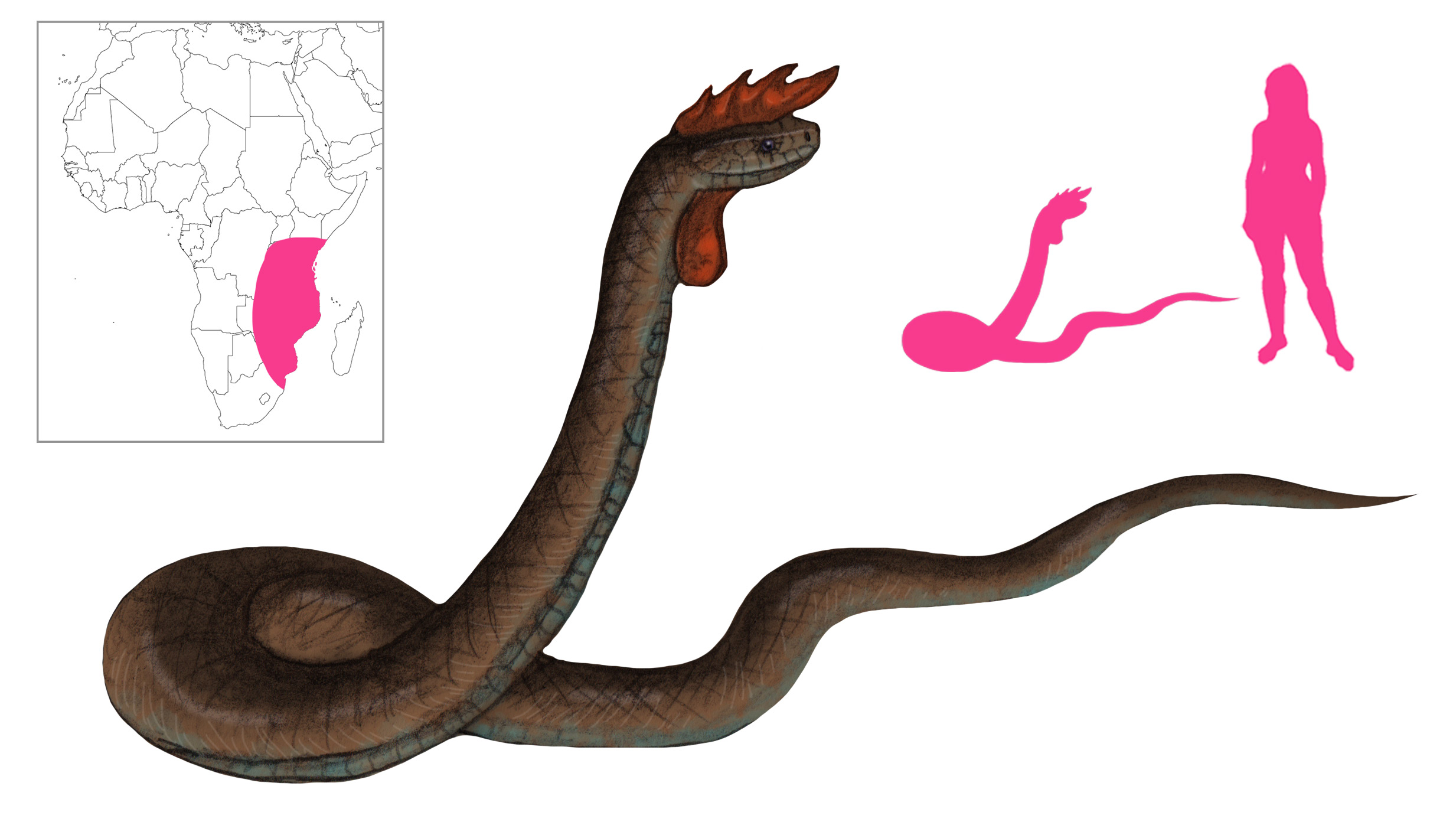
If you see a snake, create a loud noise to scare it away. Make sure to make your presence known by clapping your hands, stomping your feet or using a whistle or air horn. The snake will likely be scared off by the sudden sound and movement.
4 Move Away From the Snake
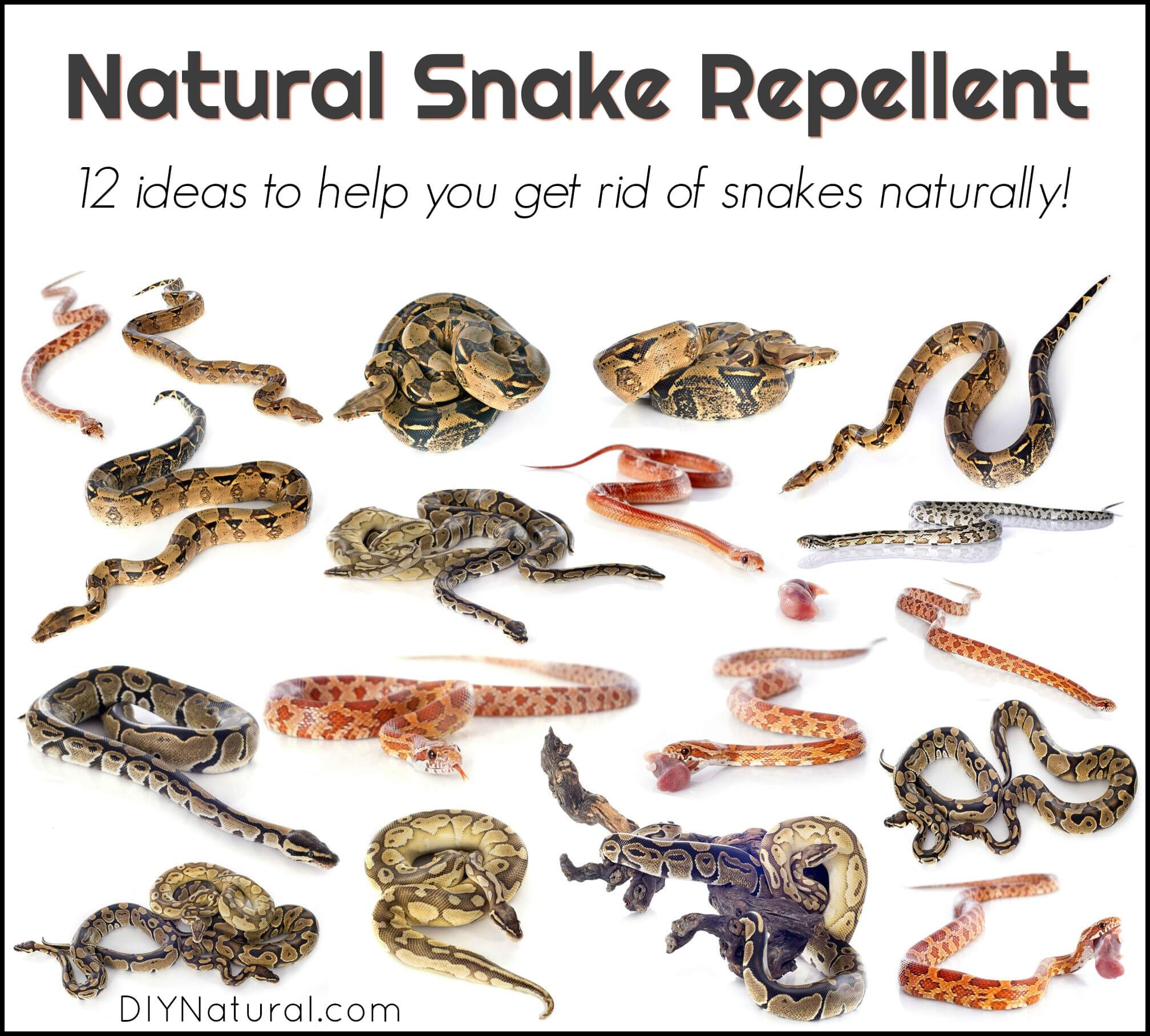
- Remain calm. Don’t panic.
- Slowly step away from the snake. Don’t run.
- Don’t make sudden movements or loud noises that could startle the snake.
- Stay a safe distance away from the snake, at least 20 feet.
How to Deal With a Snake Person
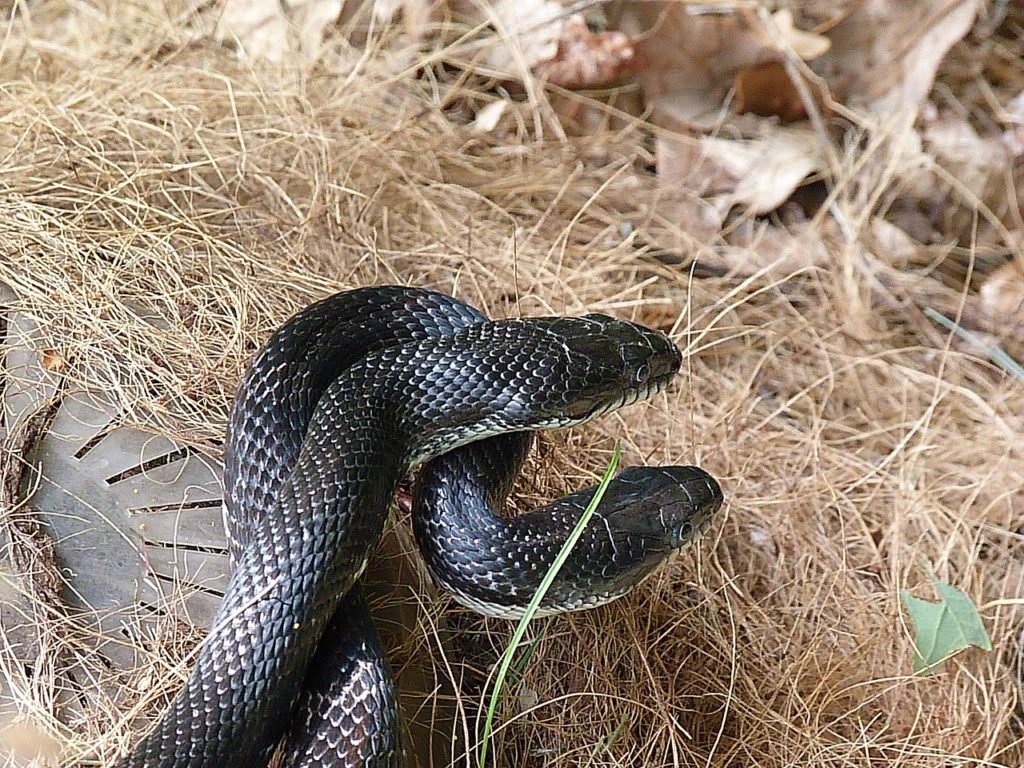
- Remain calm and still.
- Do not make any sudden movements.
- Do not make loud noises.
- Avoid eye contact.
- Back away slowly and quietly.
- Do not attempt to touch or pick up the snake.
- If the snake is blocking your path, wait for it to move away.
- If you must move the snake, use a long stick to gently guide it away from the area.
1 Remain Calm
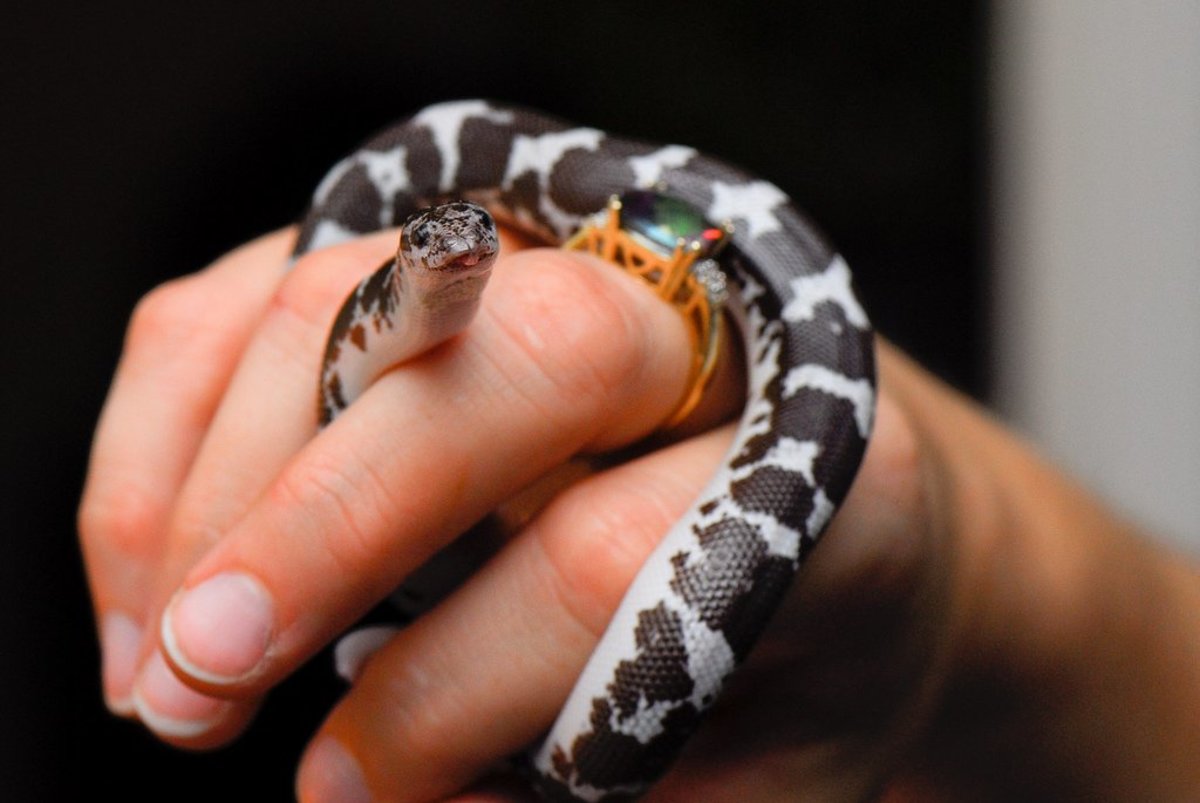
If you find yourself face-to-face with a snake, the best thing to do is remain calm. Do not make any sudden movements, as this may cause the snake to become defensive and strike. Try to slowly move away from the animal, giving it enough space to retreat. Do not try to catch the snake or move it away, as this could be dangerous for both of you.
2 Do Not Threaten or Try to Attack the Snake
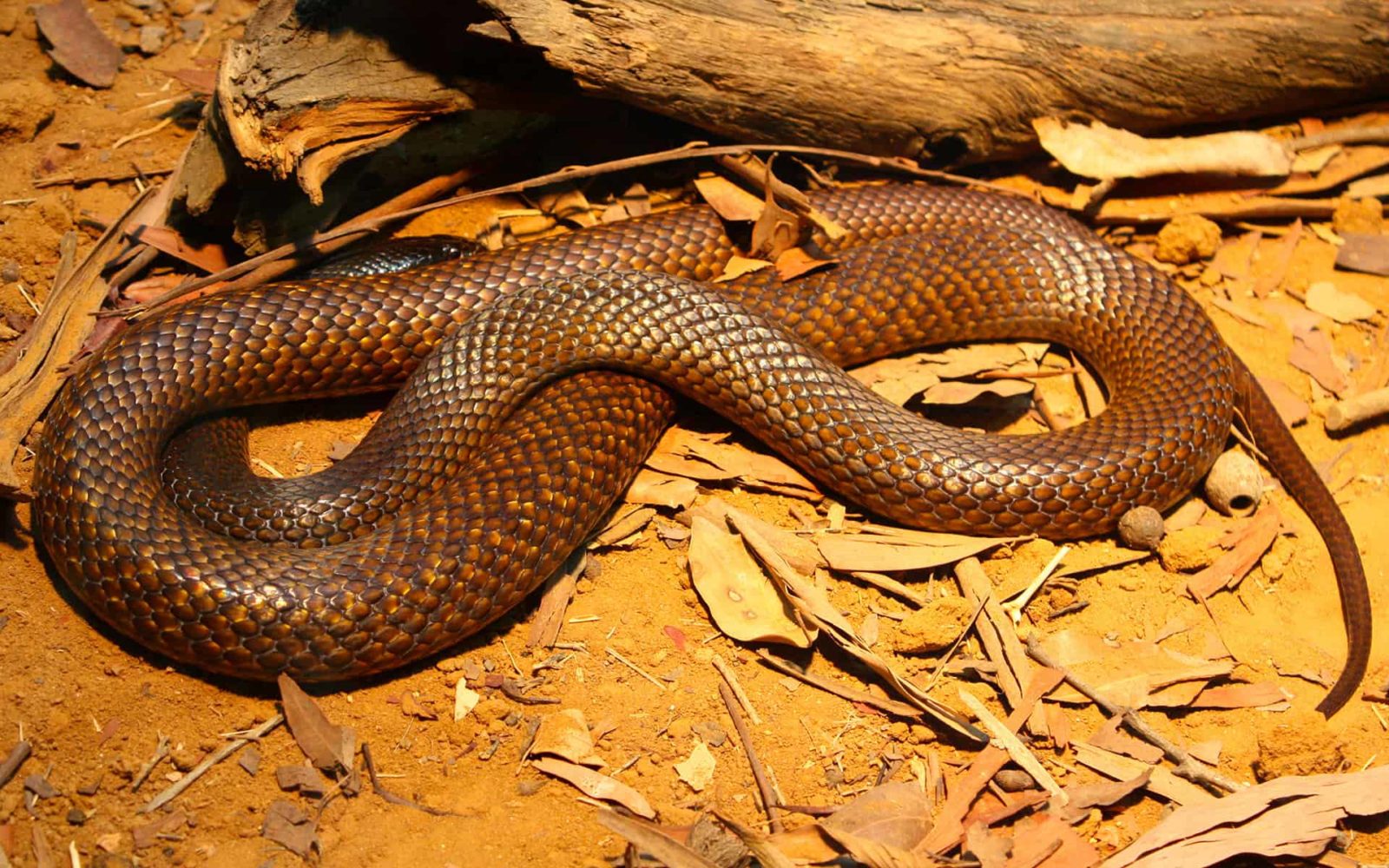
Never attempt to threaten or attack a snake, as this could agitate the creature and result in a bite. If the snake is in a place where it is not wanted, it is best to leave the area and contact wildlife control professionals to safely remove the animal.
3 Talk to the Snake Person
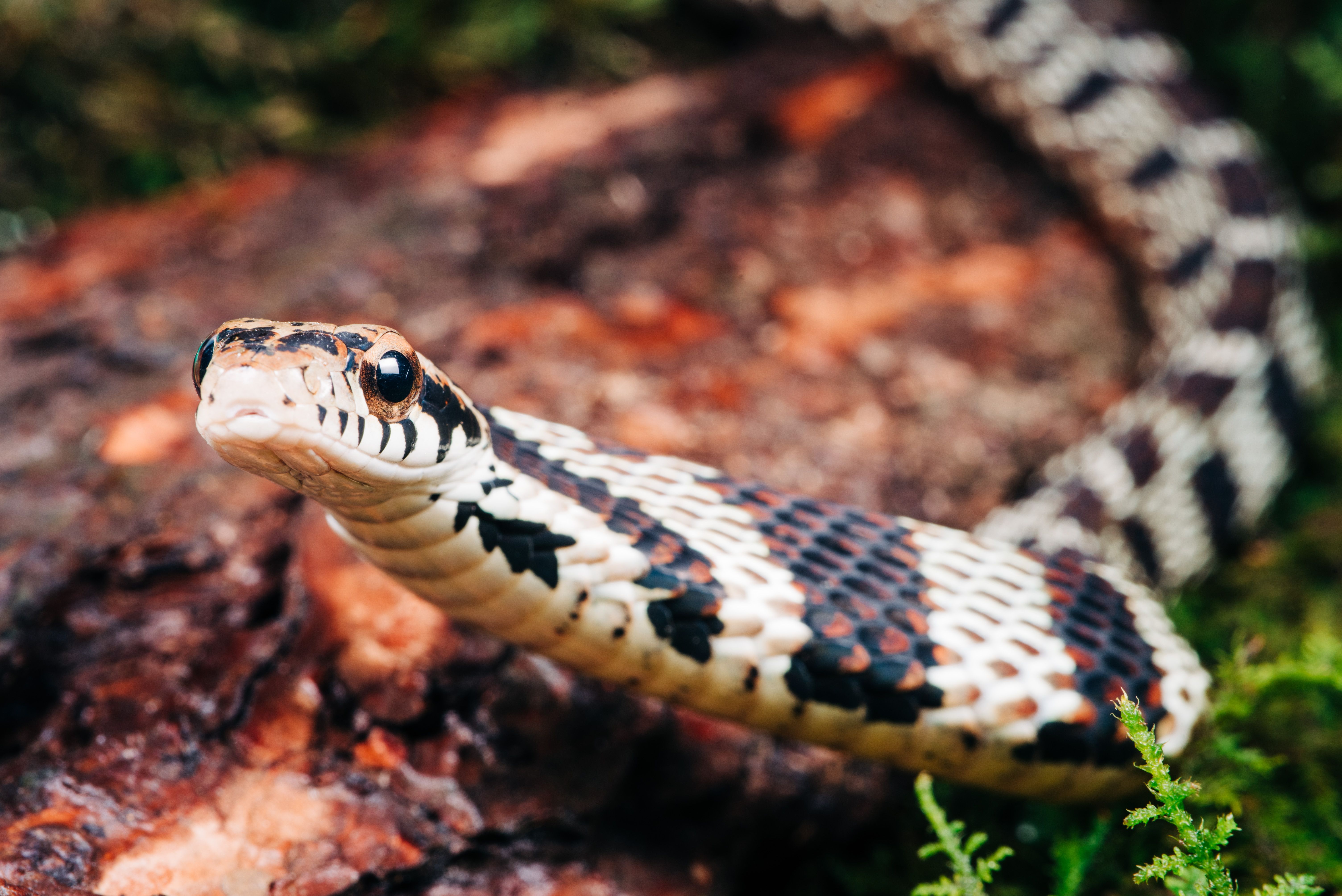
- Stay calm and speak slowly and clearly.
- Explain the situation and ask for advice.
- Find out what kind of snake it is, and what to do if it should bite.
- Ask if the snake is venomous, and what kind of antivenom is available.
- Find out if the snake person can help you safely remove the snake.
4 Ask for Assistance From Others
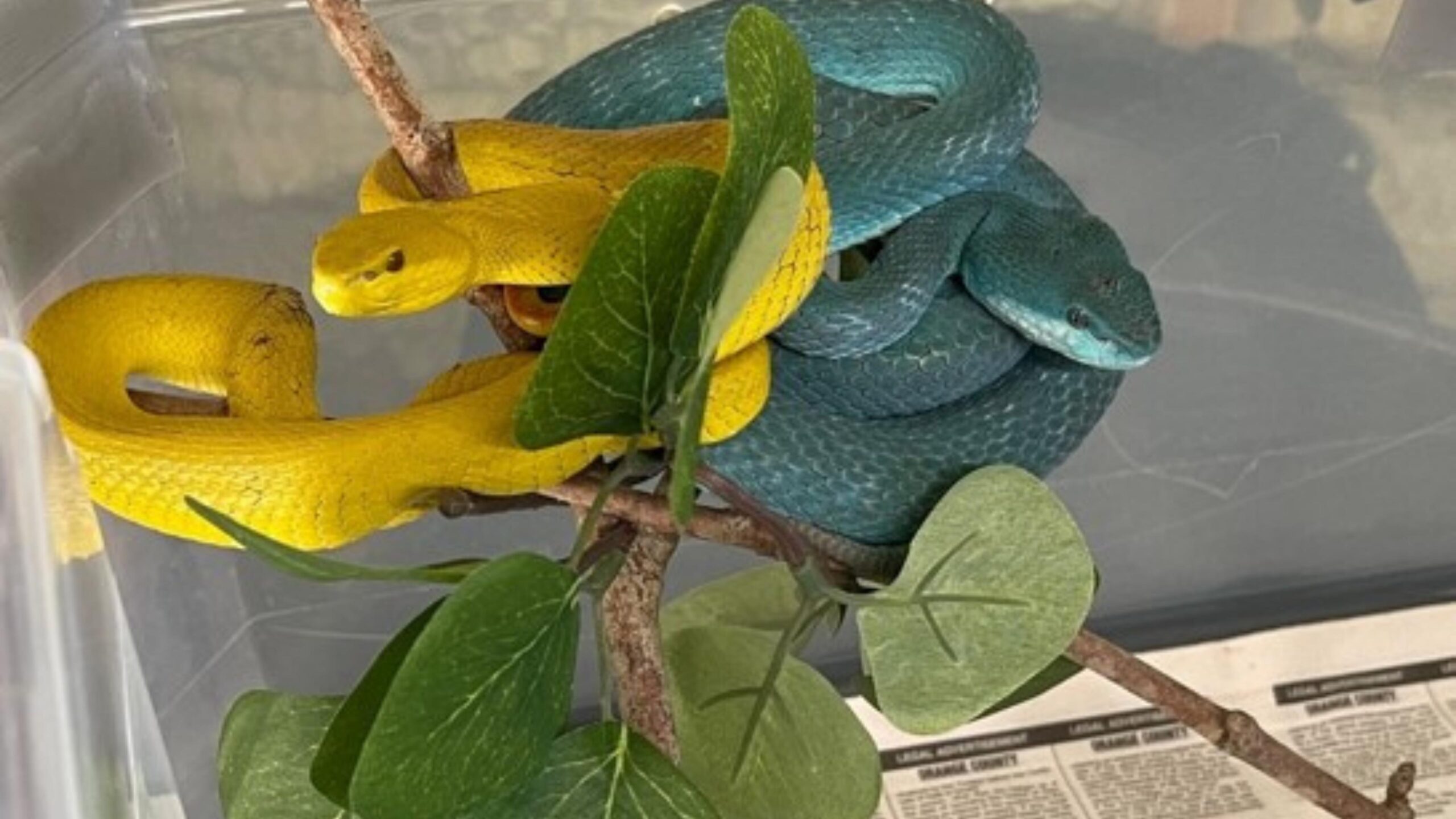
If you are unsure how to handle the situation, or if the snake poses a threat, it is best to contact a professional, such as a snake handler or wildlife removal service. They will be able to safely and humanely remove the snake from your property and take it elsewhere. If you are unable to contact a professional, you may ask for help from a neighbor or friend. If the snake is non-venomous, you may be able to carefully pick it up and relocate it.
How to Escape a Snake
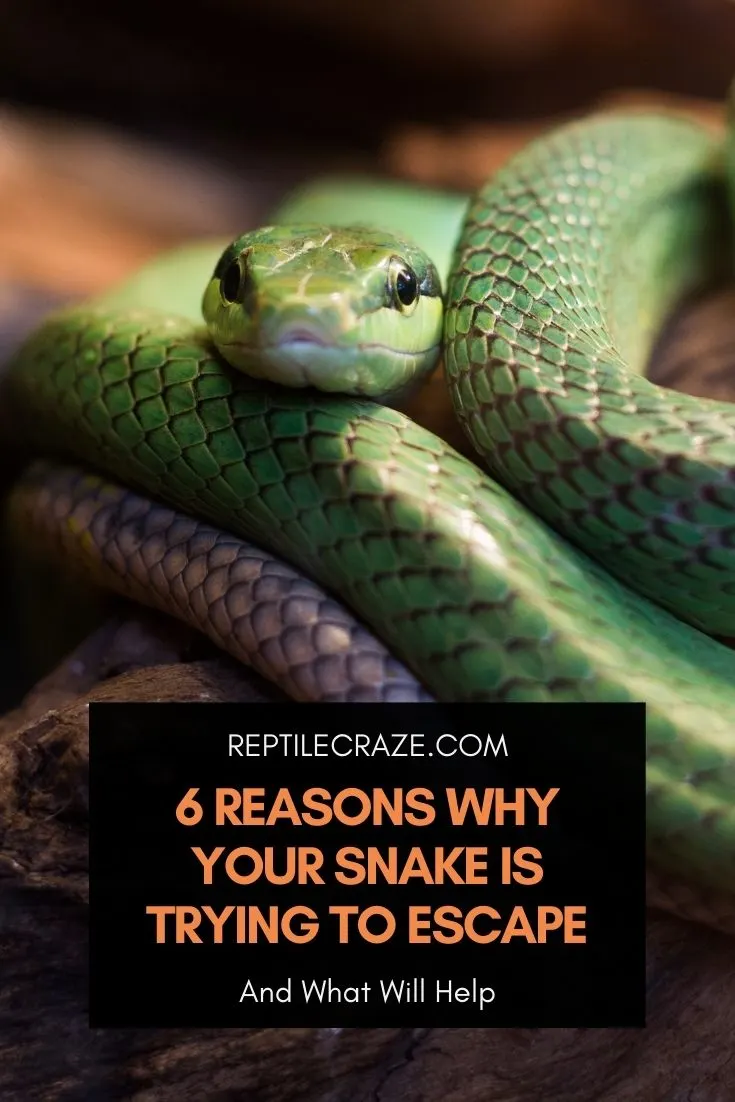
- Remain calm and slowly back away
- Do not make sudden movements or loud noises
- Do not corner the snake by blocking its escape route
- If possible, leave the area and take different route
- Do not attempt to move the snake
- Do not attempt to kill the snake
1 Move Slowly
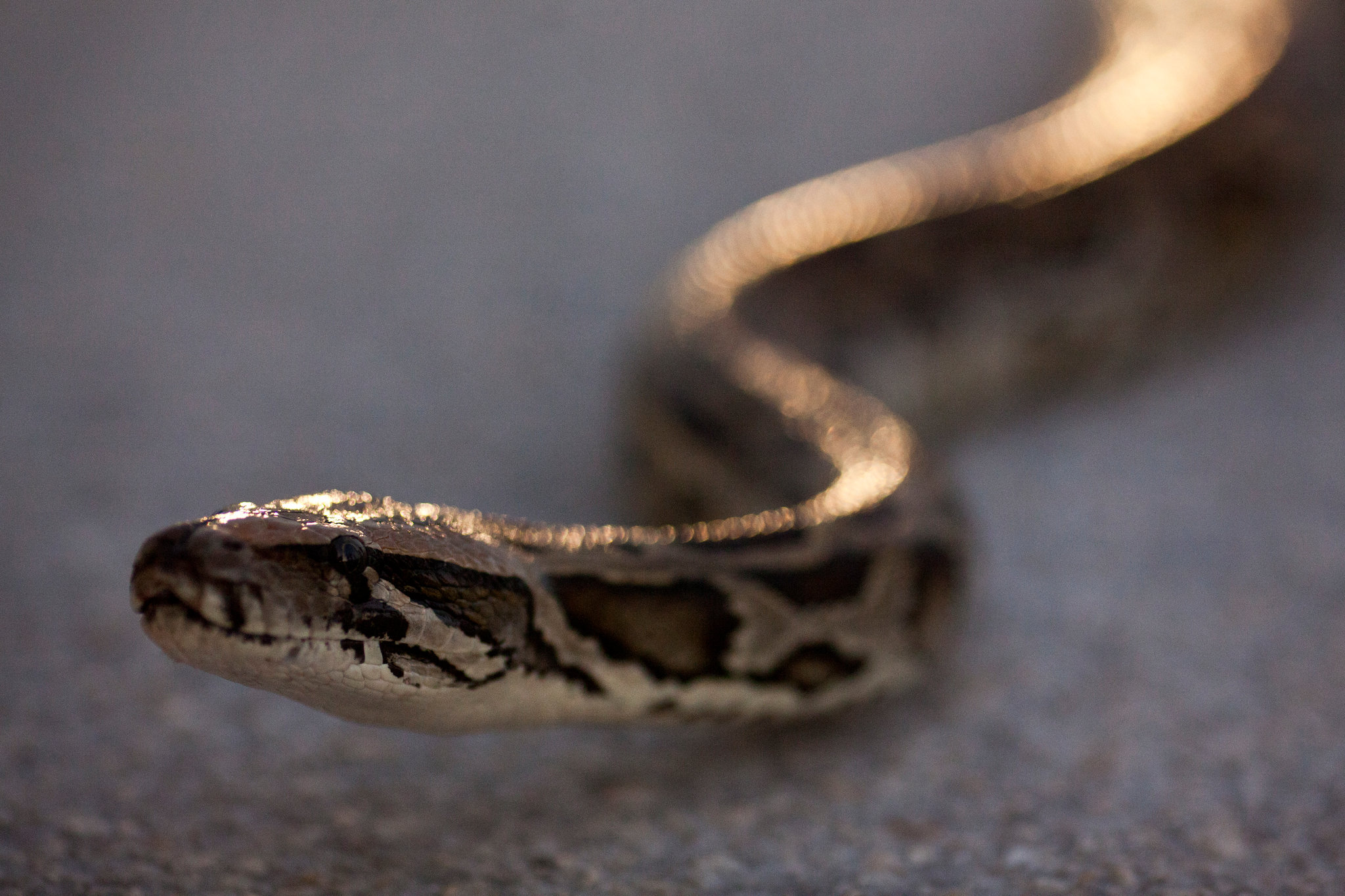
- Remain calm and assess the situation.
- Slowly back away from the snake, maintaining your distance.
- Do not attempt to touch, catch, or provoke the snake.
2 Avoid Direct Eye Contact
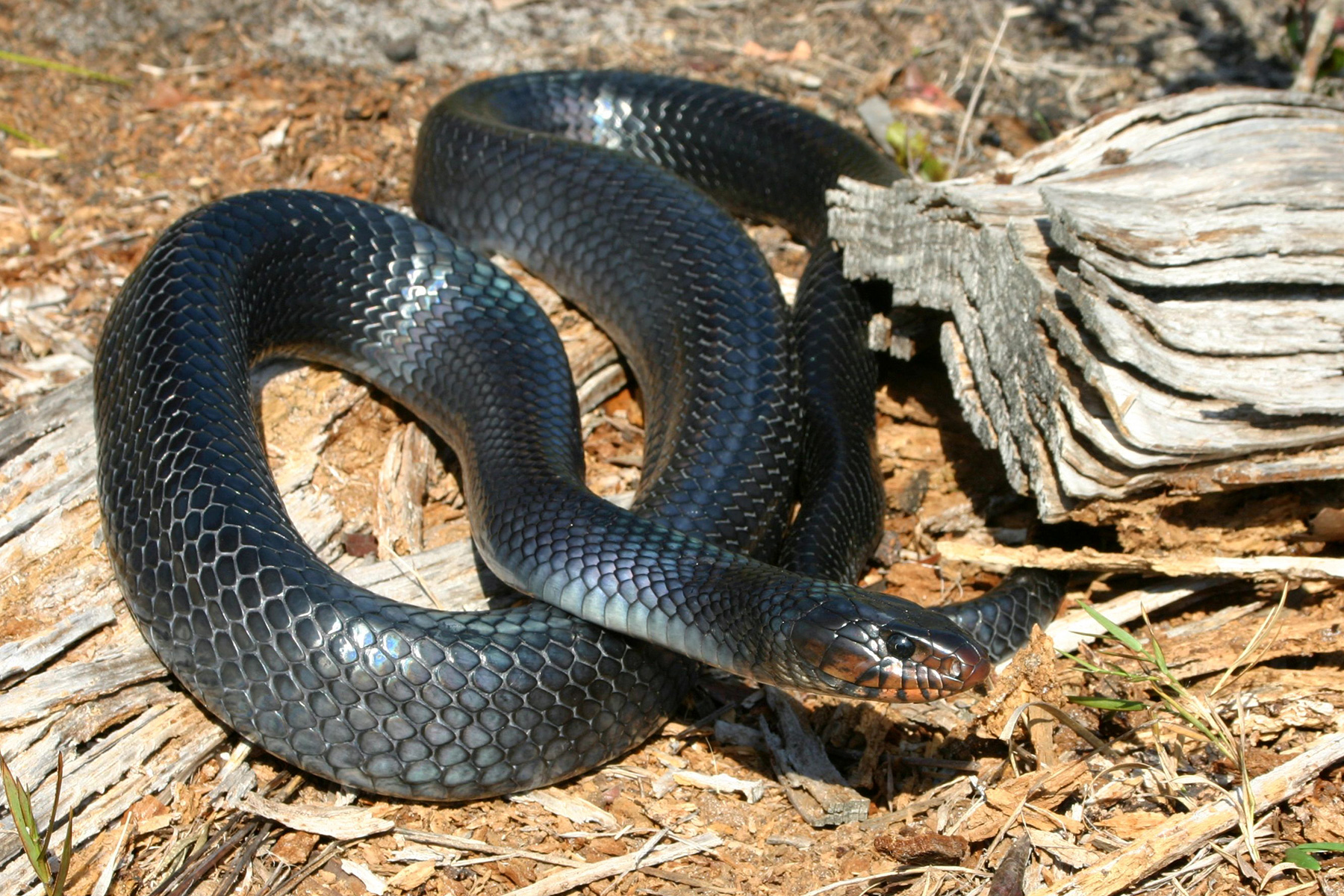
- Do not make direct eye contact with the snake.
- Look away from the snake in a calm manner.
- Do not move suddenly, but slowly step away from the snake.
3 Do Not Try to Grab or Attack the Snake
| Action | Explanation |
| Do Not Try to Grab | Do not attempt to grab the snake. Snakes will defend themselves by biting if they feel threatened. |
| Do Not Try to Attack | Do not attempt to attack the snake. Most snakes will flee when confronted, and attacking them could result in injury to yourself or worse. |
Snakes can be dangerous, so it is important to take the necessary precautions when dealing with one. Do not try to grab or attack the snake as it can lead to serious injury or even death. It is best to leave the snake alone and allow it to move away safely.
4 Keep Away From the Snake
If you come across a snake, the first and foremost rule is to stay away from it. Do not try to approach the snake or touch it. Even if the snake does not appear to be dangerous, it is best not to take any chances. Move away from the area and keep a safe distance from the snake. If the snake is in your path, try to go around it and leave it be.
Frequently Asked Questions
What should I do if I encounter a snake while hiking?
Remain calm and still. This will help the snake understand that you are not a threat and it will likely move away. If the snake doesn’t move away on its own, slowly back away and move in a different direction. If possible, avoid the snake and take a different route. Do not attempt to capture, kill, or move the snake.
How can I safely handle a snake if I come across one?
If you must handle a snake, wear gloves and use a long stick to gently guide the snake into a secure container. Never attempt to grab a snake with your bare hands, as this can cause the snake to bite in self-defense. Additionally, it is important to always be aware of the snake’s head and position, as some snake species can strike even when handled. If you must handle a venomous snake, seek expert help.
What should I do if I am confronted by a snake person?
Stay calm and back away slowly, keeping your eyes on the snake person at all times. If possible, call for help or find a way to escape the situation. Do not attempt to touch, harass, or move the snake person. If the snake person is moving towards you, remain still, as sudden movements can provoke an attack.
What are the best ways to escape a snake?
If you encounter a snake, it is best to remain calm and slowly back away from the area. Do not attempt to catch or kill the snake. If the snake is blocking your path, slowly move around it in a wide arc, giving the snake plenty of space. If the snake is in a tree or other elevated area, consider finding a different route. If you cannot avoid the snake, run away in a straight line as quickly as possible.
What safety precautions should I take when encountering a snake?
Do not approach or attempt to handle the snake. Keep a safe distance and give the snake a wide berth. Do not attempt to move the snake, as this could cause it to become agitated and strike. Avoid making loud noises and sudden movements, as this can cause the snake to become startled. If the snake is in a dangerous location, contact a wildlife specialist to safely remove it.
Conclusion
Remain calm when you encounter a snake and assess the situation. If you are unable to identify the snake, keep your distance and avoid contact. If the snake is harmless, you can observe it from a safe distance. If the snake is venomous, contact animal control or a snake expert for help. Most importantly, remember that snakes are important to their ecosystems and should only be handled by experienced professionals.
